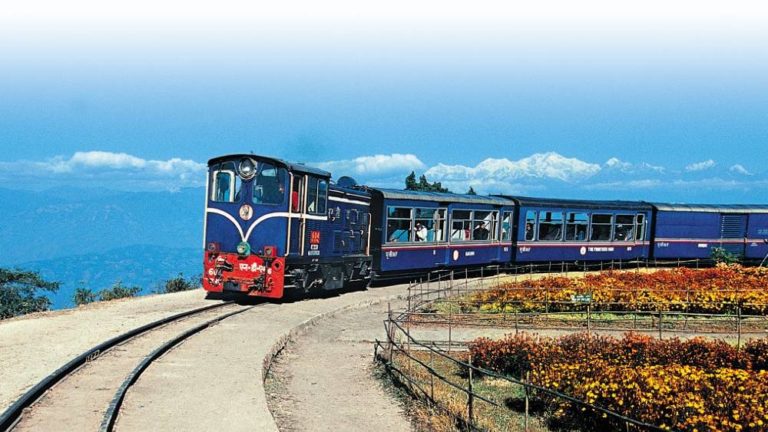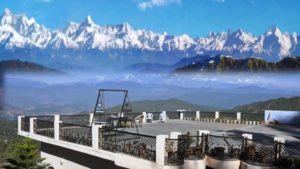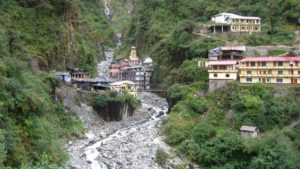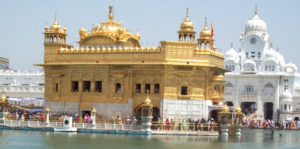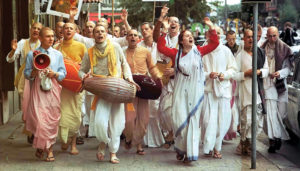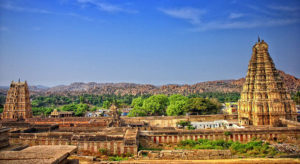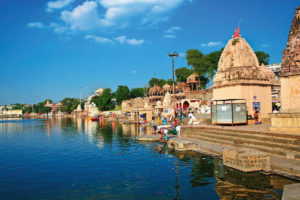My maiden visit to Darjeeling planned diligently over a few weeks of frenzy, just after the first wave of pandemic eased a bit, started from the Gurudwara bus stop location in Kolkata, where we boarded a Volvo bus and reached Siliguri early next morning.
The car driver who took us to Darjeeling from Siliguri was very amiable. At my prodding he talked about interesting things hardly known to the tourists travelling the place for the first time. As we stopped at the roadside breakfast corner, he gave an account of the Cheetahs coming down from the hills and temporarily taking shelter in tea gardens for giving birth to their babies. He also told us, during the journey, as the hills and the tea estates came into view, about brow-antlered deer bred in Coochbehar, who are then released in forests around Darjeeling.
As we proceeded towards Sonar Bangla Hotel where we had prior booking, I could see the two feet gauge railway tracks running along the busy thoroughfare, flanked by rolling ranges, at places right outside the doorsteps of people’s homes and shops.
“Kanchenjunga has come out of the shroud today after about two weeks”, hotelier told us just as we arrived. At the mall, the following day, we did sun bathing sitting on the fine park benches with backrest placed on both the east and west side giving access to the sun rising or setting. I had a leisurely walk among the rare age-old trees guarding the borders around the mall and enjoyed sipping freshly brewed Darjeeling tea. Later, we were overawed by Pine trees’ supreme reign in Tukdah forest, dark and mysterious. How they all stood erect on the severely slanting slopes. Monkeys at Teesta-Point were so well-behaved. They seemed shy and accepted our little offerings after sustained coaxing.
We spent the last couple of nights at Kalimpong. Our stay there turned magical as we visited a few haunted houses and came away with the feeling that the ghosts do exist mostly at places where the presence of human is minimal!
The vacation got over too quickly. We were soon on our way back to Kolkata. At Bagdogra airport, we were luckily on time despite a bandh in Siliguri. There was a long queue before the check-in counter. We had booked an Air Indigo flight for our return journey. As we stood in the cramped space waiting for our turn, we saw a lady approaching the counter in utter desperation. We learnt her flight to Delhi was due in half an hour’s time. She met an official there who requested all of us to wait for a while and permitted her to get her formalities done on emergency basis, and then helped her find the way to the Boarding Gate.
How uniquely human it was on the part of the Air Indigo official, I thought, to use his discretion and make an exception to the rule when genuinely warranted.
& then Puri after Pandemic
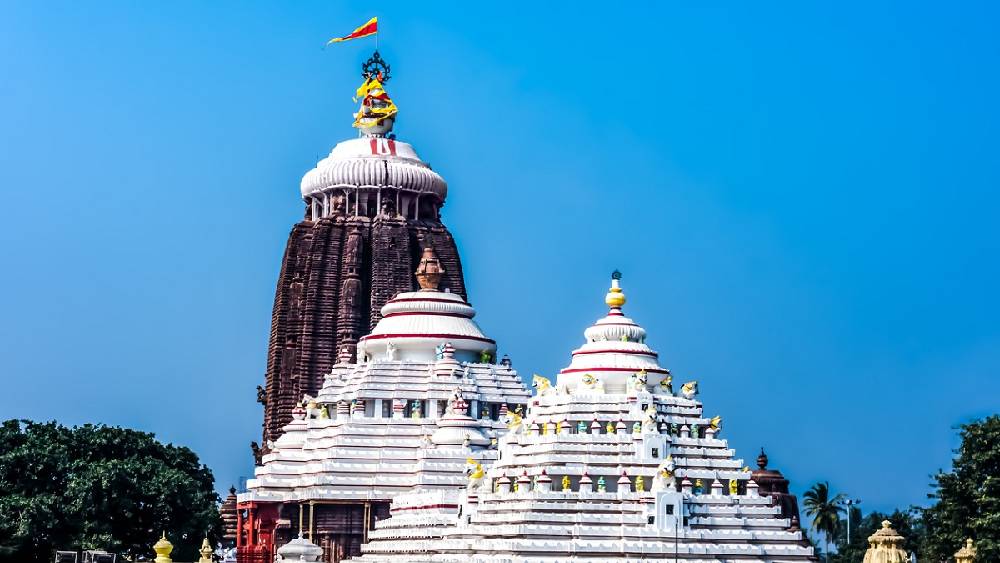
Puri is the spiritual capital of Odisha. As in Benares, devotees yearn to breathe their last here, for they believe that losing one’s mortal coil at Sargadwar leads to moksha, and thereby the cycle of birth and death comes to an end. If you have ever entered the Garbhagriha (the womb chamber), the innermost sanctum of the Jagannath temple where reside the presiding deities, you know there is something divine in the air that you distinctly feel.
A sense of peace, though fleeting, that passes human understanding, dawns upon you, and despite everything, you long to come back again! As I was after the pandemic.
We file out of the railway station and look for an auto. A driver comes our way. We say we’d like to go to New Marine Drive Road, and ask for the fare amount. “Whatever!” says the driver, “but you’ve to book my auto for a tour of the town on any date during your stay”.
The main Jagannath temple is not any more easily accessible. The surrounding areas have been cleared of all unauthorized occupations. Devotees’ rush is frenetic as ever. People wait in the long serpentine queues which hardly move. But once inside and you place your palm on the stone walls of the temple, you realize why people from all walks of life come here.
We visit Raghurajpur, the Heritage Crafts village, a distance of about 10 km from Swargadwar, Puri. It’s badly hit, first in 2019 when the cyclone Fani wreaked havoc, and then the onslaught of the pandemic in 2020-21. The sound of our footsteps brings out artists from their home-studios, each house-front bearing some specimens of the artist’s work. They all vie at once for our attention. Among them one artist, Chittaranjan Swain, persists. “Sir”, he says, “We live at the opposite end beside Bhargavi River. And unfortunately, very few make it to our place. Please come and take a look at our works of art.”
We follow him. On the way he shows us the places where legendary artists like Kelucharan Mahapatra, Maguni Charan Das and Dr Jagannath Mahapatra once lived. I ask him how they tided over the pandemic, since there’s no other source of income for them. “The Orissa Govt came to our rescue”, says he, “and gave a grant of Rs10000/-to each and every family in the village. Relief came also from Delhi and Kolkata.”
We enter the drawing room of their humble home, and buy a couple of Pattachitra done on handmade canvas. We deeply appreciate their palm-leaf engravings and other wood carvings. Talking to him, we learn he acted in the Bengali TV Serial Jol Nupur. He teaches art online and conducts workshops and thus makes both ends meet.
In the evening Puri beach wears a somewhat festive look. In one makeshift counter there’s a prize catch, a Shankar fish (Stingray), an eel in another among other normal catch. Boiled maize, the sweet-corn, with a dash of mixed masala invites young and the old alike. Horse and camel ride business is not brisk anymore as in yesteryears. The Flute (Bansuri) seller at the beach reminds me of his Kolkata cousin who keeps me company whenever I visit Oxford Bookstore in Park Street.
Its melancholy strain, co-mingled with the sound of the conch shell, is carried by the sea wind to where I sit—pondering on the enormous price we all had to pay for the pandemic.



